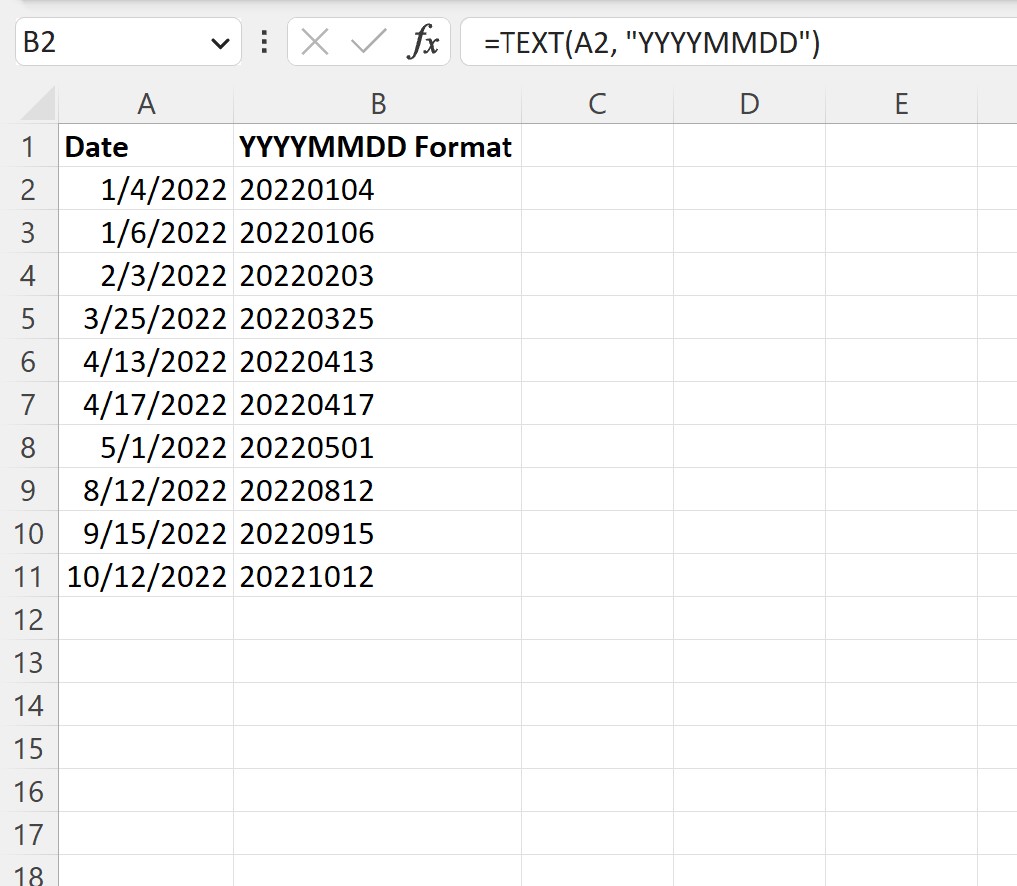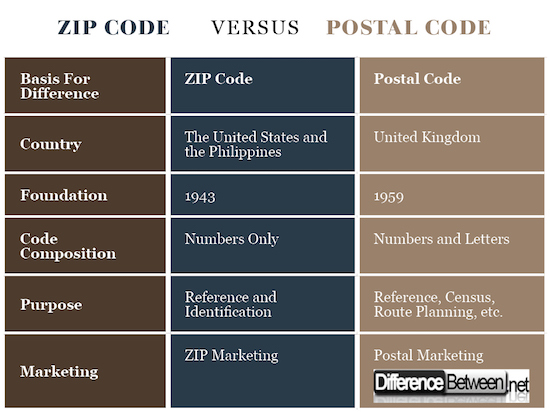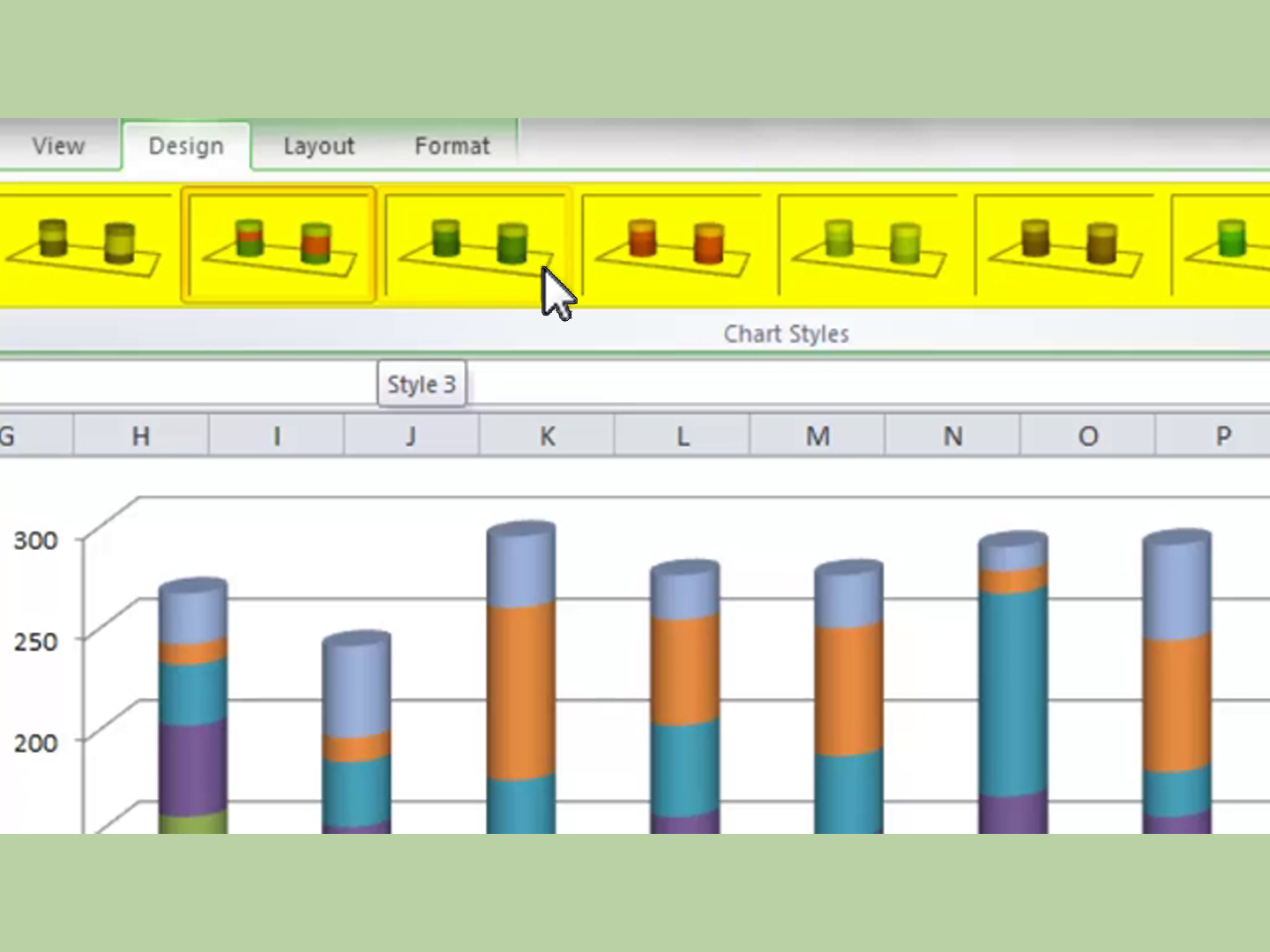Mastering Legend Padding: The Left Property
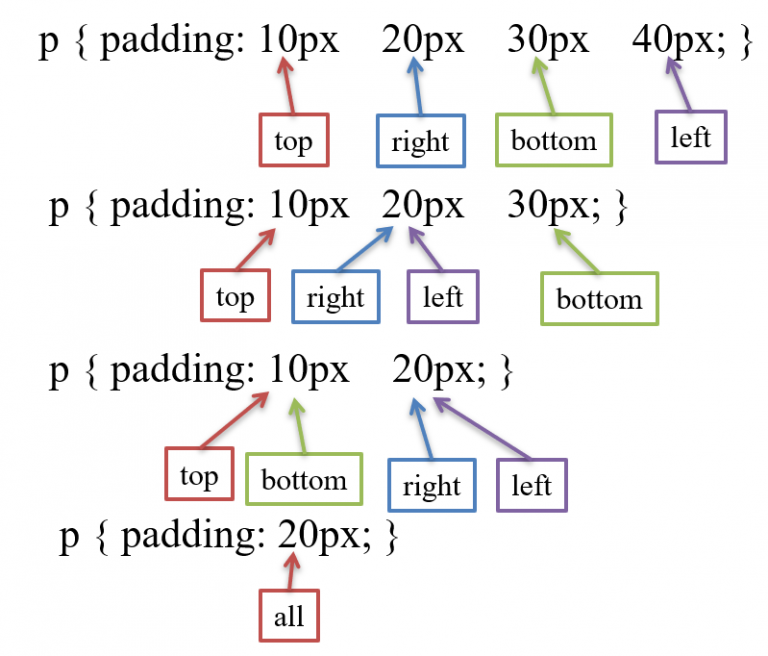
In the realm of web development, achieving precise control over the presentation and layout of elements is crucial for creating visually appealing and user-friendly interfaces. One powerful tool in a developer's arsenal is the padding property, which allows for the adjustment of space around elements. Among the various padding properties, legend padding left stands out as a crucial aspect to master for those seeking to refine their web design skills.
The legend padding left property offers a level of control that extends beyond mere aesthetics; it plays a pivotal role in enhancing user experience and ensuring that interfaces are accessible and intuitive. This article aims to delve into the intricacies of this property, exploring its functionality, practical applications, and the impact it can have on web design.
Understanding Legend Padding Left

At its core, legend padding left is a CSS property that dictates the amount of space between the left edge of a legend element and its content. Legends, often associated with form elements, serve as captions or titles, providing context and guidance to users. By adjusting the left padding, developers can ensure that legends are properly aligned and spaced, creating a visually balanced and coherent design.
The significance of this property lies in its ability to address common layout challenges encountered in web design. When working with form elements, proper legend alignment is essential for maintaining clarity and usability. The legend padding left property allows developers to fine-tune the positioning of legends, ensuring they remain distinct and easily readable, even in complex form structures.
Practical Applications and Examples
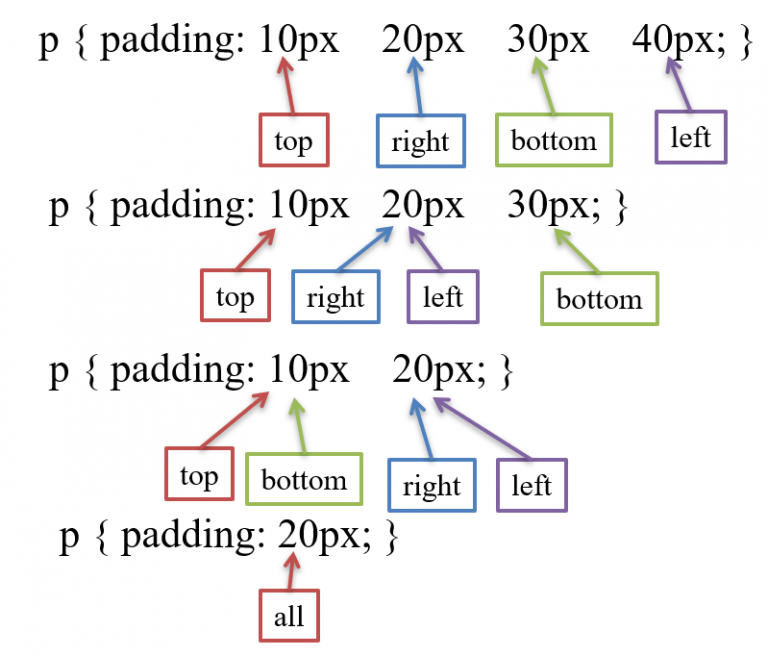
To illustrate the power of legend padding left, let’s consider a scenario where a developer is designing a registration form for a website. The form includes a legend, “Personal Information,” which provides a clear indication of the section’s purpose. By utilizing the legend padding left property, the developer can achieve the following:
- Ensure that the legend is visually separated from the form fields, enhancing readability and reducing visual clutter.
- Adjust the left padding to create a consistent alignment across multiple form sections, maintaining a harmonious and professional appearance.
- Accommodate varying screen sizes and devices by dynamically adjusting the left padding to ensure optimal legend positioning on different viewports.
By leveraging the legend padding left property, developers can craft forms that are not only aesthetically pleasing but also highly functional. Proper legend spacing contributes to a seamless user experience, making it easier for users to navigate and complete forms accurately.
Best Practices and Recommendations
When working with legend padding left, developers should adhere to certain best practices to ensure optimal results:
- Consistency: Maintain a consistent padding value across all legends within a form to create a unified and professional look.
- Responsive Design: Consider using relative units like em or rem for padding values to ensure that legends adapt gracefully to different screen sizes.
- Accessibility: Ensure that legends are properly spaced from adjacent elements to meet accessibility standards and accommodate users with visual impairments.
- Visual Hierarchy: Experiment with different padding values to establish a clear visual hierarchy within forms, guiding users' attention to important elements.
Additionally, developers should keep in mind that while precise control over legend padding left is valuable, it should be used judiciously. Overdoing padding adjustments can lead to an unbalanced layout and detract from the overall user experience. Finding the right balance between aesthetic appeal and functionality is key.
Performance Analysis and Future Implications
The impact of legend padding left extends beyond immediate design considerations. As web technologies evolve, the role of this property becomes increasingly significant. With the rise of responsive and adaptive designs, the ability to dynamically adjust legend padding based on screen size and device type becomes crucial.
In the future, developers can expect to see more advanced techniques and tools for managing legend padding. This may include the integration of AI-powered layout systems that automatically adjust padding values based on user behavior and device characteristics. Additionally, the ongoing development of CSS specifications will likely introduce new properties and functionalities that further enhance control over legend spacing.
Staying abreast of these advancements will enable developers to create interfaces that are not only visually appealing but also highly adaptable to the diverse range of devices and user preferences present in today's digital landscape.
Conclusion: Mastering the Art of Legend Padding
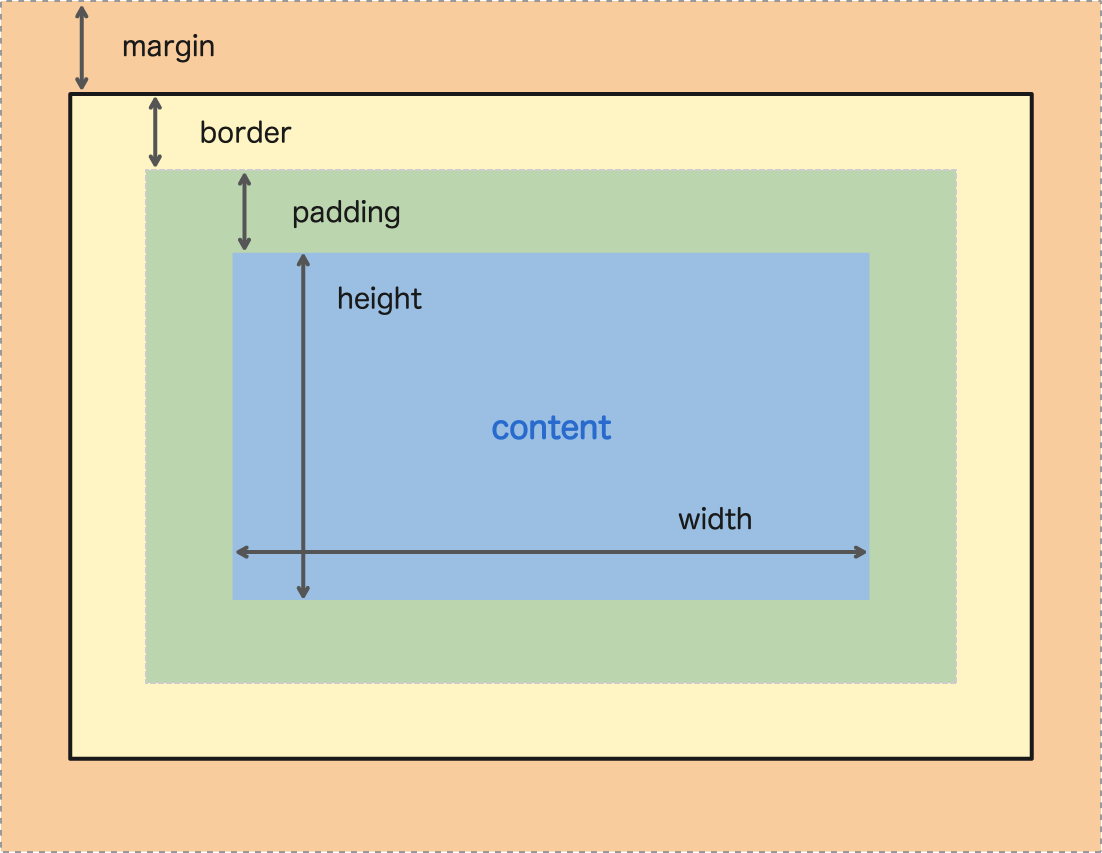
In conclusion, the legend padding left property is a fundamental tool for web developers seeking to craft elegant and user-centric designs. By understanding its functionality and practical applications, developers can elevate the quality of their work, creating forms and interfaces that are not only visually appealing but also highly usable.
As the web continues to evolve, the mastery of properties like legend padding left will remain essential for staying at the forefront of web design and development. By embracing these techniques and staying informed about industry advancements, developers can ensure that their creations not only meet but exceed user expectations.
| Property | Description |
|---|---|
| legend-padding-left | Specifies the amount of space between the left edge of a legend element and its content. |

What is the impact of legend padding left on responsive design?
+Legend padding left plays a crucial role in responsive design by ensuring that legends adapt to different screen sizes and devices. By using relative units for padding values, developers can create flexible layouts that maintain optimal legend spacing across various viewports.
How does legend padding left affect accessibility?
+Adequate legend padding left enhances accessibility by providing sufficient space between legends and adjacent elements. This spacing ensures that legends are clearly distinguishable, benefiting users with visual impairments and contributing to an inclusive user experience.
Are there any best practices for using legend padding left?
+Yes, developers should aim for consistency in padding values across legends within a form. Additionally, using relative units like em or rem allows for responsive padding adjustments. It’s important to strike a balance between aesthetic appeal and functionality to create a harmonious and user-friendly design.
